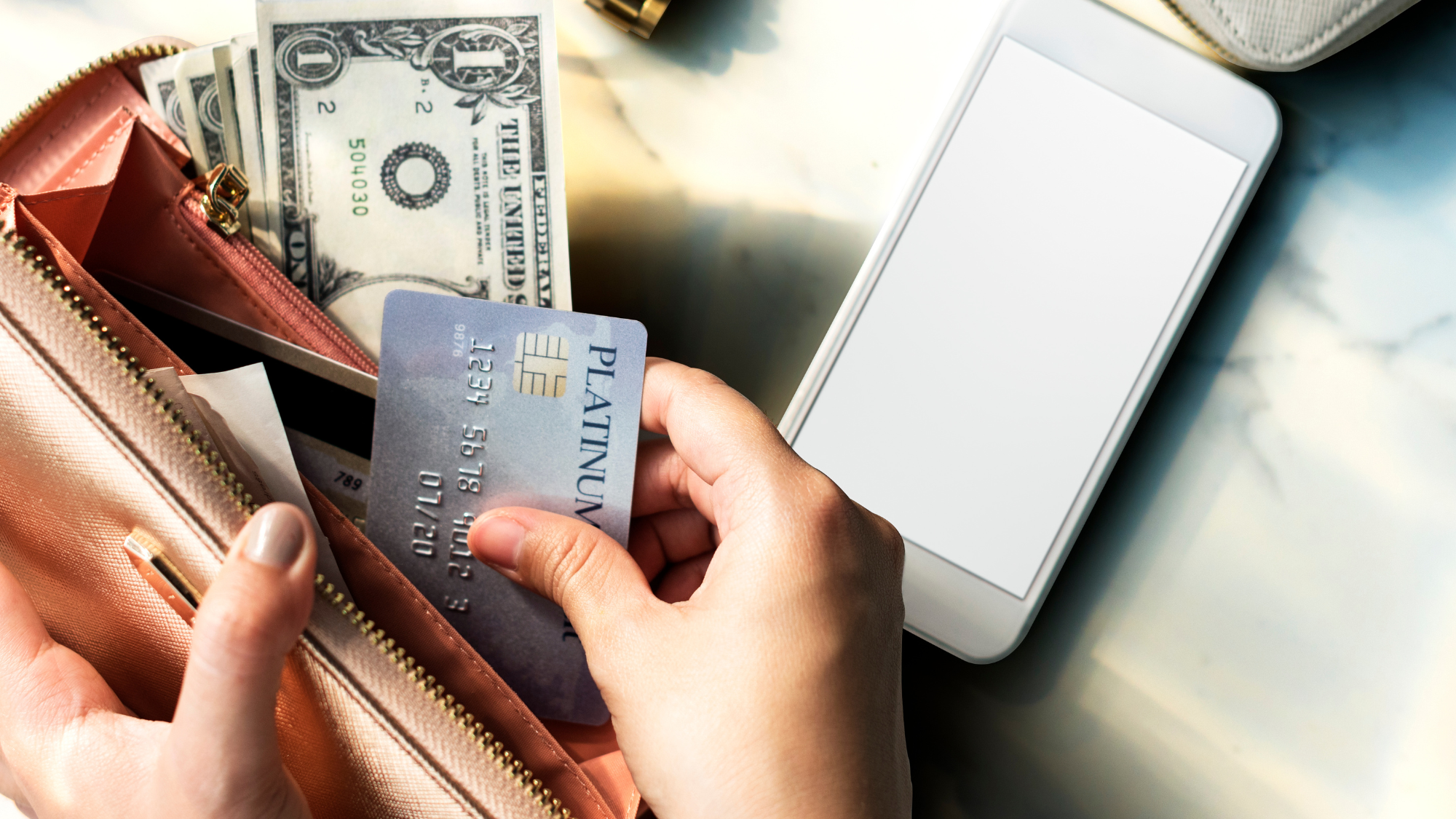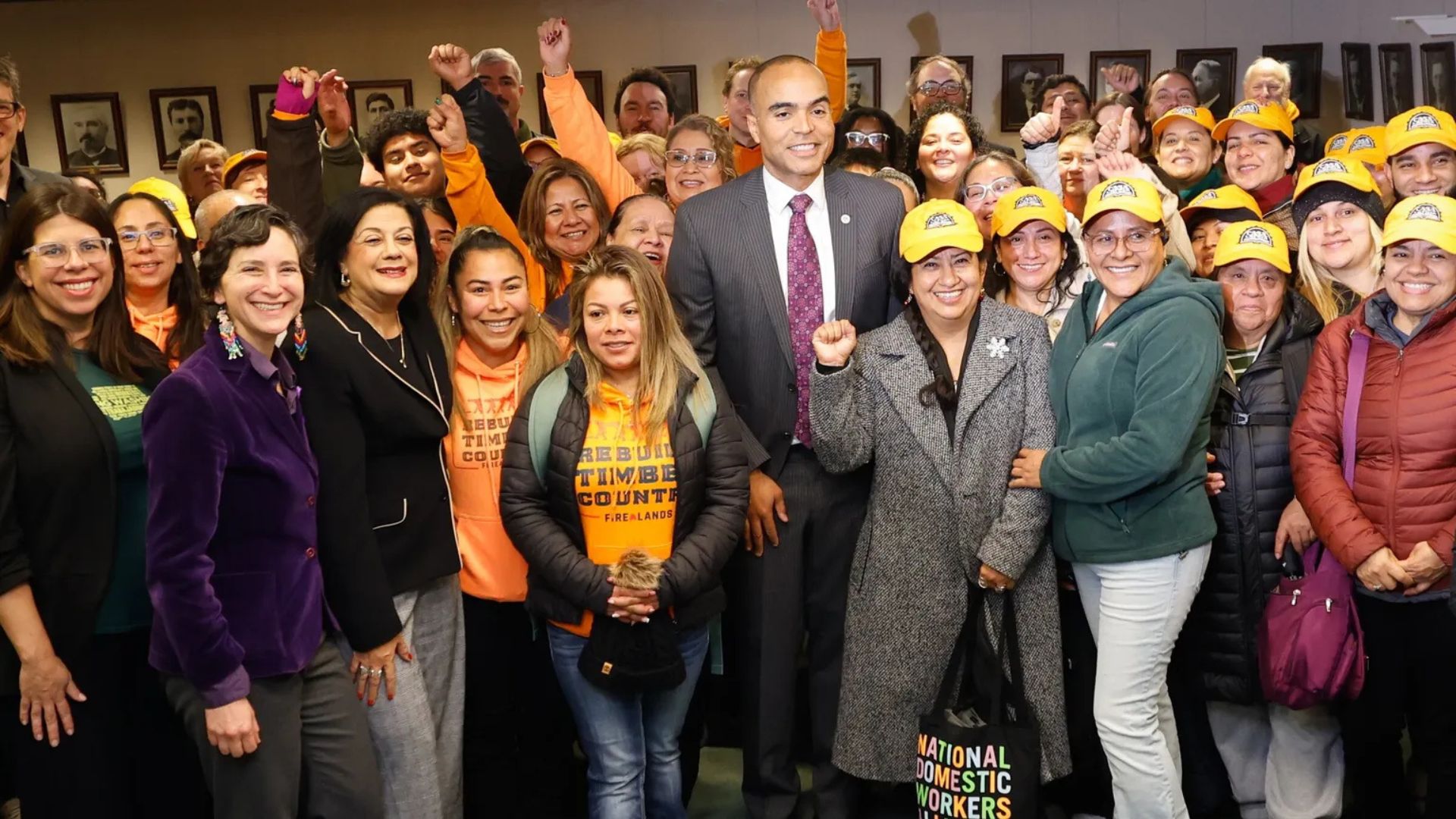
Despite slower job and wage gains and high interest rates, American shoppers remain willing to spend, according to National Retail Federation Chief Economist Jack Kleinhenz. Kleinhenz highlighted that while economic growth has decelerated, consumer spending continues to drive momentum. The U.S. GDP is projected to grow around 2.3% in 2023, supported by an unexpected rise in employment and moderated inflation.
Kleinhenz noted that stronger-than-anticipated immigration has boosted the labor supply, particularly in low-wage sectors, mitigating wage-driven inflation and sustaining consumer spending. The Congressional Budget Office reported net immigration of 3.3 million last year, significantly higher than previous estimates. This influx has alleviated labor shortages and enhanced production capacity without spurring excessive inflation.
Inflation trends, particularly in services, have been a concern but are expected to stabilize. The PCE Price Index indicated a 2.7% inflation rate in March, primarily driven by service-sector costs. Goods prices, however, remained unchanged from the previous year. While initial projections suggested the Federal Reserve might lower interest rates by July, persistent inflation may delay cuts until later in the year.
Despite challenges, core retail sales, excluding automobiles, gas, and restaurants, rose 3.8% year-over-year for the first four months, aligning with NRF’s forecast of 2.5%-3.5% growth in 2024. Kleinhenz emphasized the resilience of consumer spending as a critical driver of the economy, even amid slower growth.

